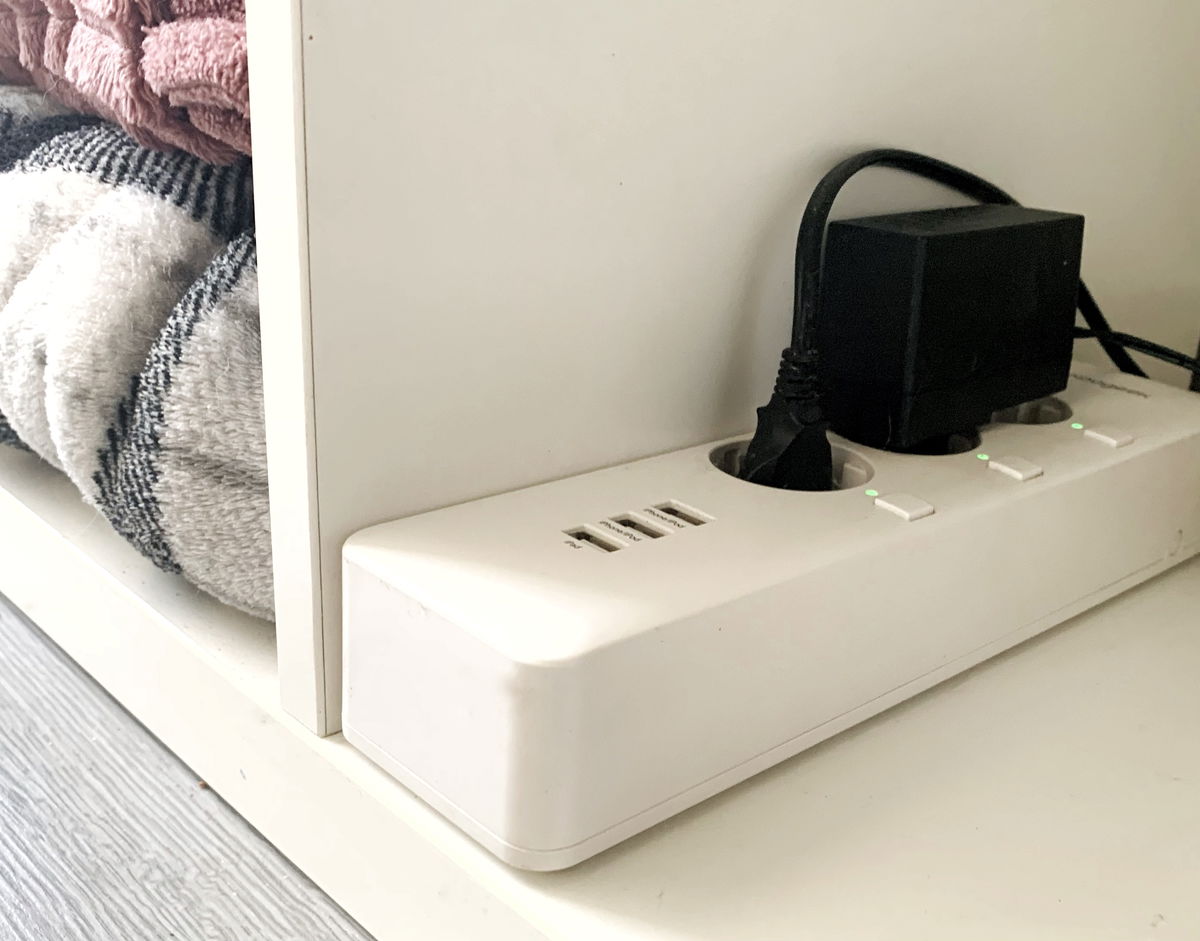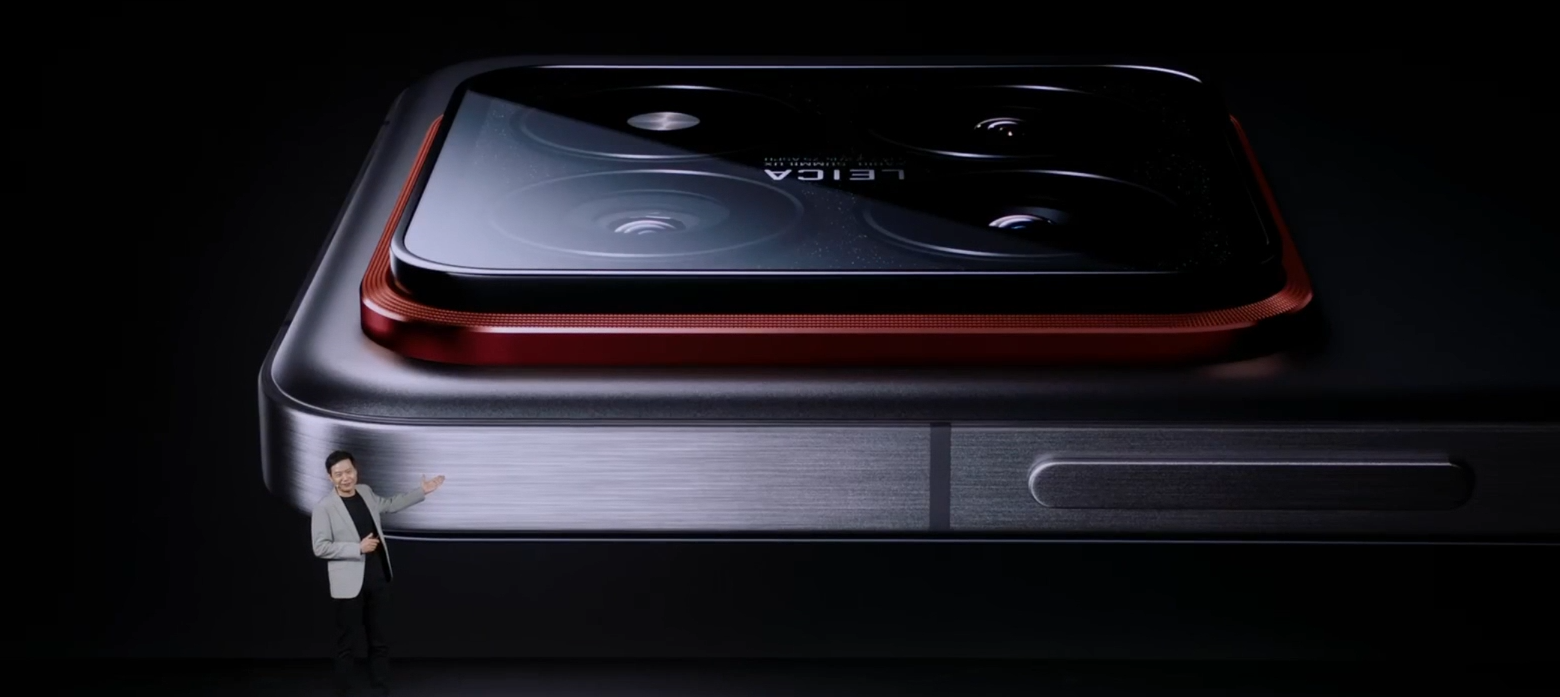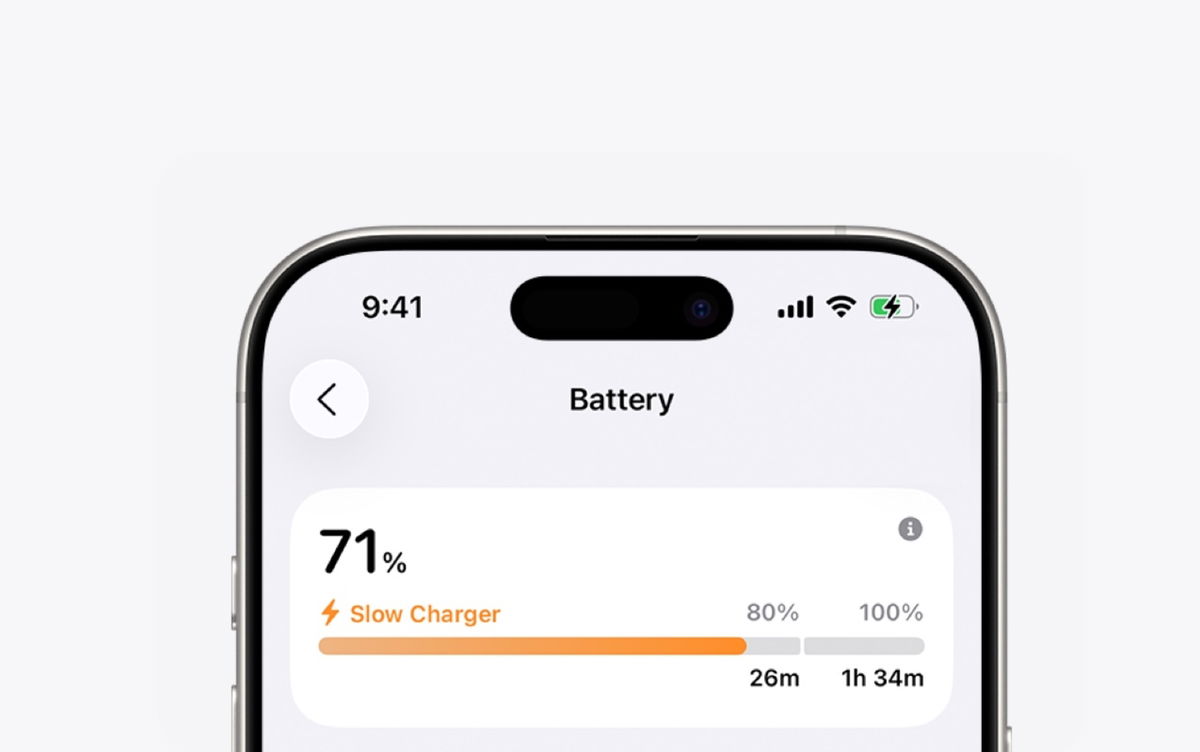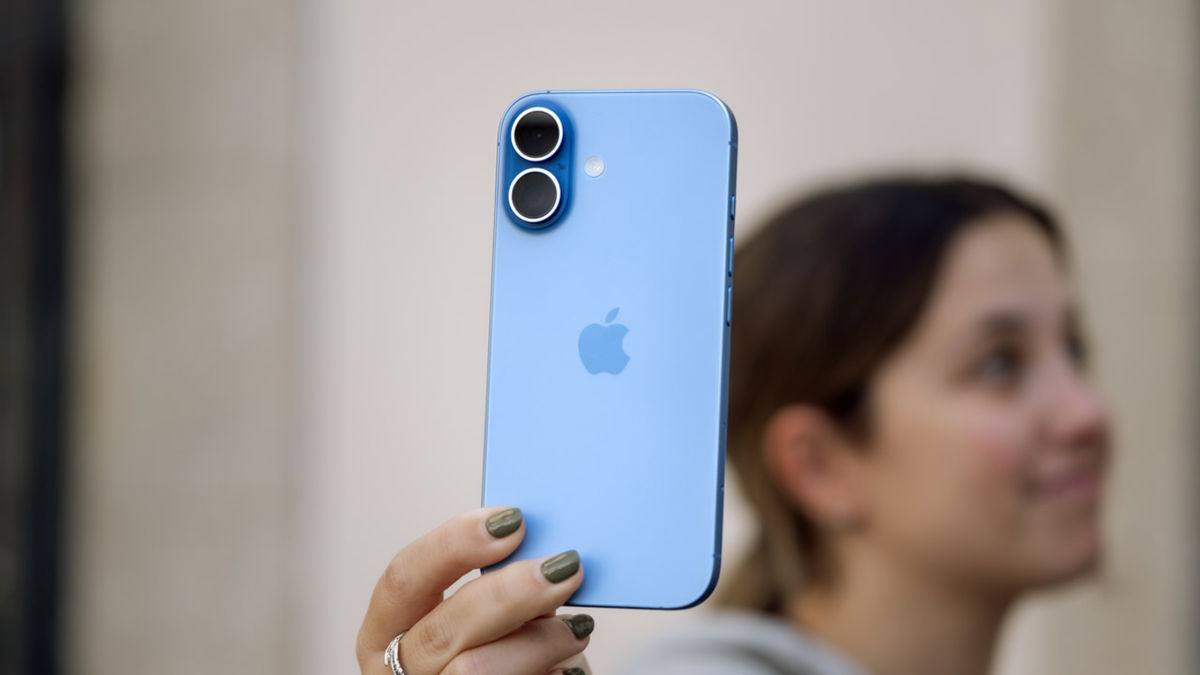Xiaomi 14 and 14 Pro were finally introduced this Thursday (26). The premium products from the Chinese manufacturer are the first to ship with Snapdragon 8 Gen 3 and feature an unprecedented design and the company’s new system, HyperOS.
The first appearance of the new generation took place at Snapdragon Summit 2023. This announcement came alongside the announcement of Qualcomm’s new high-end mobile CPU, Snapdragon 8 Gen 3.
New design and titanium
The Xiaomi 14 has a look with rounded corners and flat edges, a square camera module on the back, only 1.61 mm bezels on the screen, and IP68 certified water protection.
The most expensive model, the Xiaomi 14 Pro, will adopt practically the same design but will have slightly curved 1.8 mm edges. The water certification is also IP68 and There is a more expensive version with a titanium structure, just like iPhone 15 Pro and 15 Pro Max.
While the traditional version has versions with 8 GB, 12 GB or 16 GB RAM, the 14 Pro model only has the last two options. In terms of storage, both models have up to 256 GB, 512 GB or 1 TB of internal space.
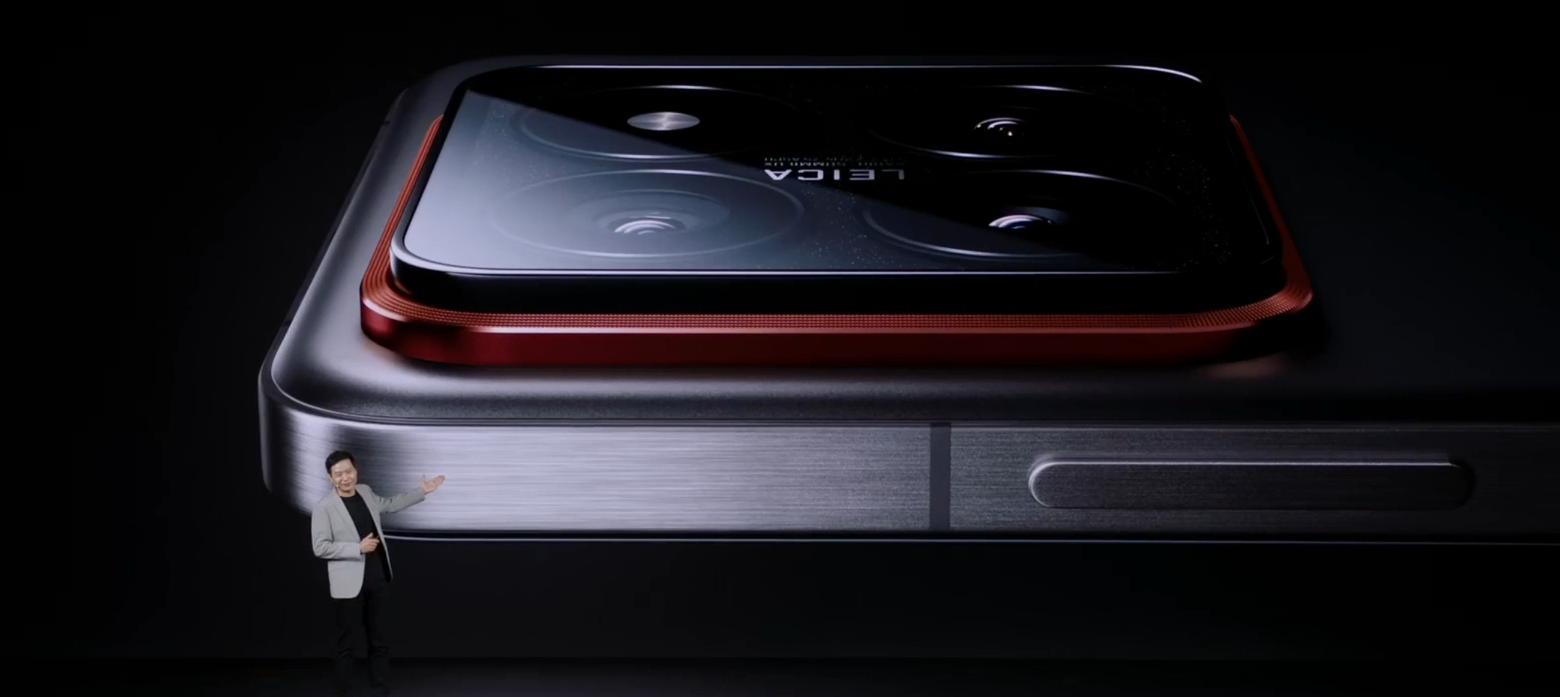
Brighter screens and Leica cameras
On the outside, the Xiaomi 14 sports a 6.36-inch AMOLED display with 1.5K resolution (2670 x 1200p), variable refresh rate support from 1 Hz to 120 Hz (LTPO), and 3,000 nits maximum brightness. Meanwhile, Xiaomi 14 Pro will be the largest version of the series with a 6.73-inch AMOLED screen with 2K resolution, 120 Hz variable refresh rate and the same peak brightness.
There are three cameras on the back; The main camera is 50 MP (23 mm, f / 1.6) with optical image stabilization (OIS), the ultra-wide camera is 12 MP (14 mm, f / 1.6) and there is also a telephoto lens. 50 MP (75mm, f/2.0), with OIS.
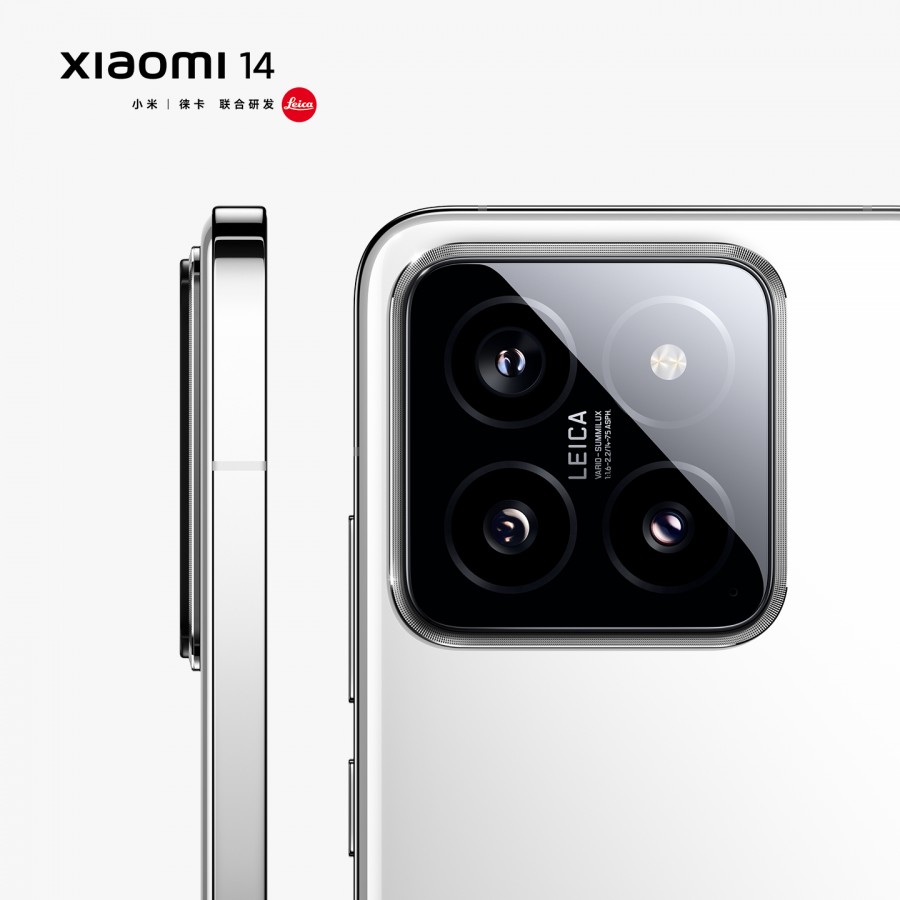
The Xiaomi 14 Pro has three 50 MP cameras for the main, wide-angle and telephoto sensor (focal lengths 23 mm, 14 mm and 75 mm, respectively). Additionally, the main 50 MP sensor has an aperture ranging from f/1.4 to f/4.0.
This capability is available on the Xiaomi 13 Ultra, one of the company’s most expensive models. In general, it favors night photos by allowing the lens to open wider to let in light.
All lenses, including the smaller model, were developed in partnership with Leica, as seen in the promotional images. Both models have a 32 MP front camera.
Xiaomi 14 Battery
While the battery of Xiaomi 14 has a capacity of 4,610 mAh, the battery of Xiaomi 14 Pro has a capacity of 4,880 mAh. The most basic model supports 90W fast wired charging, while the 14 Pro supports up to 120W. Both charge wirelessly at up to 50W.
Xiaomi 14 will have HyperOS
HyperOS will make its debut in Xiaomi 14. The company’s new operating system appears to be a reworked version of MIUI, but it should pave the way for the implementation of a more integrated ecosystem.

After Xiaomi 14, HyperOS will also be available on other company phones. The list of compatible smartphones has not been announced so far, but the company is expected to go into details soon. As the global launch of the system is planned for 2024.
Price and availability
Xiaomi 14 will be sold in four different versions:
- 8 GB + 256 GB: 3999 yuan (~R$ 2730)
- 12GB + 256GB: 4299 yuan (~R$2935)
- 16GB + 512GB: 4599 yuan (~R$3139)
- 16 GB + 1 TB: 4999 yuan (~R$ 3413)
Xiaomi 14 Pro will be available with the following options:
- 12GB + 256GB: 4999 yuan (~R$3413)
- 16GB + 512GB: 5499 yuan (~R$3454)
- 16 GB + 1 TB: 5999 yuan (~R$4095)
- 16 GB + 1 TB + titanium build: 6499 yuan (~R$ 4437)
For now, there is no estimate on the launch of global versions of the Xiaomi 14 and Xiaomi 14 Pro or when the top-end will arrive in Brazil.
Source: Tec Mundo
I’m Ben Stock, a highly experienced and passionate journalist with a career in the news industry spanning more than 10 years. I specialize in writing content for websites, including researching and interviewing sources to produce engaging articles. My current role is as an author at Gadget Onus, where I mainly cover the mobile section.

